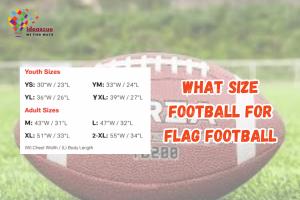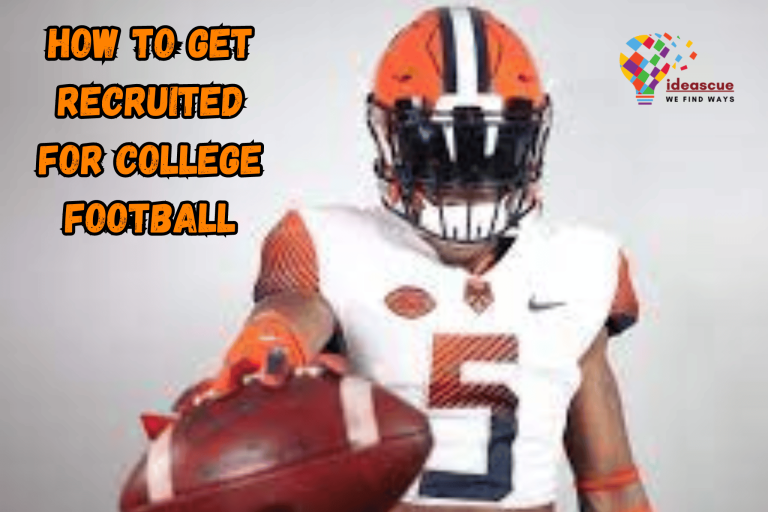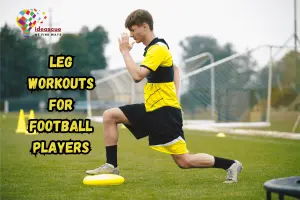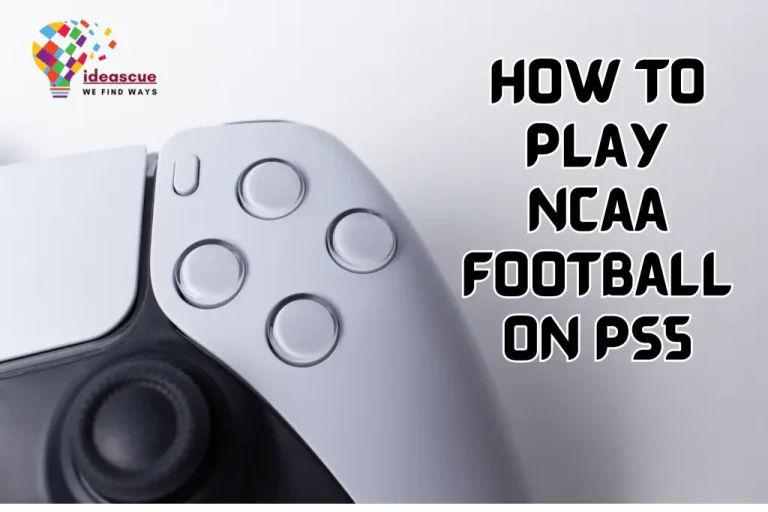What Size Football for Flag Football?
Intro:
Flag football is a dynamic sport that emphasizes skill and agility over physical contact, making it a favorite among youth sports programs. The right-sized football is essential for the best gameplay experience. Today we will break down between the sizes and help you decide what size football for flag football should you buy.

What Size Football for Flag Football:
In flag football, the football size is tailored to the age and skill level of the players. Using the correct size ensures that the game remains competitive and enjoyable, while also promoting proper technique and skill development. There are specific sizes designed for different age groups.
Why Does Flag Football Size and Weight Matters?
The size and weight of a flag football are critical factors that can significantly affect a player’s grip, throw, and catch. A well-sized football can enhance a player’s ability to control the ball, leading to a more engaging and successful game for all participants.
What Size Football Should My Child Use for Flag Football?
Choosing the right football size for your child is vital. It must be neither too large nor too heavy, allowing for comfortable handling and preventing strain or injury. Matching the ball size to your child’s age and hand size is the best way to ensure a positive flag football experience.
The Different Options in Flag Football Sizes for Youth:
Flag football leagues often specify the ball size according to age brackets to cater to the varying physical development of children. These sizes are designed to be appropriate for the average hand size and strength of children within these age ranges.
5-8 Years Old – Pee Wee Size 5:
For children between 5 to 8 years old, the Pee Wee Size 5 football is ideal. It’s designed for smaller hands, making it easier for young players to hold, throw, and catch, thus nurturing a love for the game right from the start.
9-11 Years Old – Junior Size 6:
Junior Size 6 footballs are designed for children aged 9 to 11. This size bridges the gap between the smallest footballs and those used in higher age brackets, allowing for a progressive transition as children grow and their playing abilities develop.
12-14 Years Old – Youth Size 7:
Youth Size 7 footballs are targeted at 12 to 14-year-olds. They are slightly larger and heavier, preparing the players for the standard sizes they’ll encounter in high school while still being manageable for their age group.
14+ Years Old – High School Size 9:
Once players reach 14 and above, they transition to High School Size 9 footballs. These are full-sized balls that provide a more authentic experience and prepare players for competitive play, including potential varsity sports.
Why Correct Youth Football Sizes Are Important:
Using the correct size of football for youth players is not merely a matter of following rules—it is about safety, skill development, and maintaining the integrity of the game. Training and working out with the right size ball ensure that kids learn in stages. Let’s explore why it’s so crucial.
It Makes the Game Playable:
The right-sized football makes the game playable and fun for children. It ensures that the ball is not a hurdle but a tool that aids in the enjoyment and success on the field. You can always deflate it to save more space in your inventory.
It Allows Kids to Grow Into the Equipment:
Starting with a size-appropriate ball allows children to grow into the equipment. As they develop physically, they can transition to larger footballs, making each stage of their development natural and progressive.
It Allows Kids to Learn in Stages:
Learning in stages is crucial in skill development. The different sizes of footballs cater to various learning curves, allowing children to master the fundamentals before moving on to more complex skills.
FAQs:
Conclusion:
In conclusion, understanding what size football for flag football to use is more than a matter of formality; it’s about ensuring the game is accessible and enjoyable for all.
The correct football size allows young players to handle the ball confidently and develop their skills appropriately.
Whether it’s a casual game or a structured league, the focus on using the right size football for flag football ensures the sport remains fun, competitive, and safe for youth players. As they progress, the right equipment will support their growth in the sport.
Remember, the key to a successful flag football experience starts with the right-sized football.






